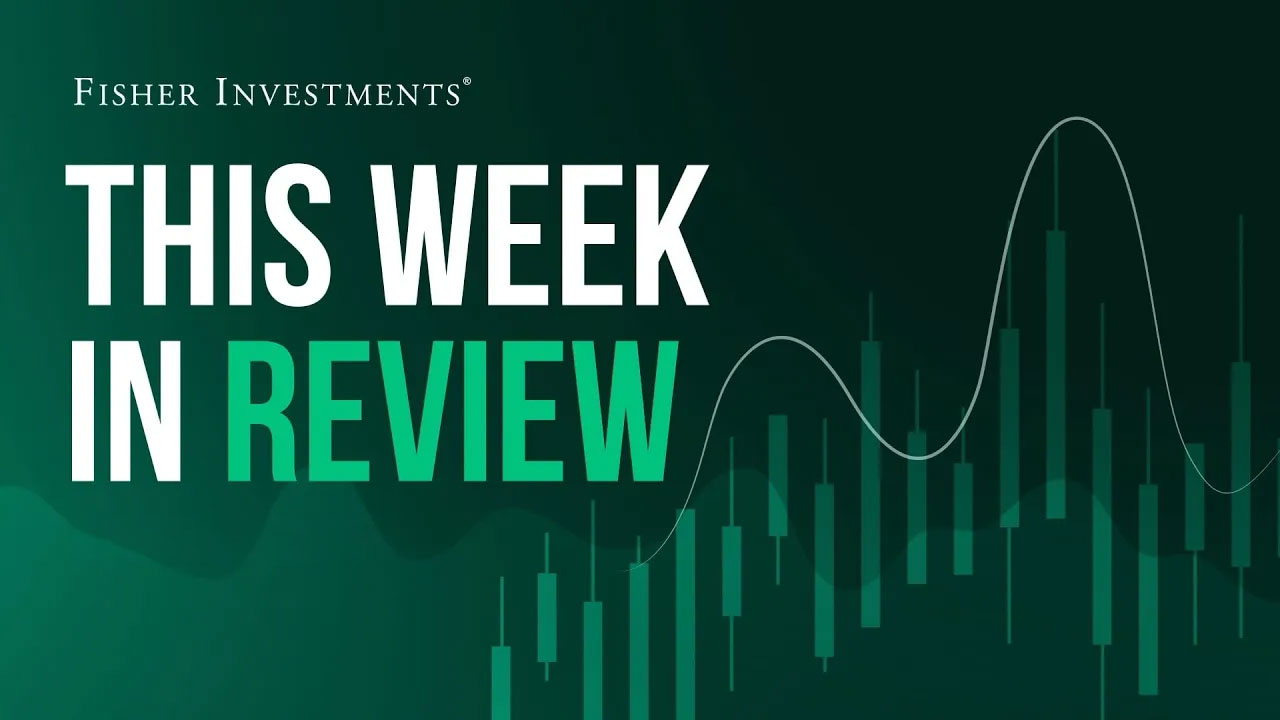Personal Wealth Management / Market Analysis
On the Rate Cuts So Many Think Stocks Need
The evidence suggests stocks can carry on climbing, cuts or no.
If inflation slows enough, the Fed will cut rates and stocks will finally, really get cooking. Heard that claim yet? We suspect many have, considering it has colored headlines and coverage for much of the last year. Fed people now get asked regularly, at their many appearances, whether they see a rate cut on the horizon. All are noncommittal, but that hasn’t stopped pundits from trying to read the tea leaves. In our view, it is all misplaced. Not only are Fed moves unpredictable, but stocks shouldn’t need rate cuts to thrive.
For one, stocks have already risen nicely through several rounds of rate hikes—including big moves. The S&P 500 is now up 10.3% since the first 0.75 percentage point hike last June.[i] Since stocks’ most recent low on October 12, the Fed has hiked five times. US stocks, undeterred, are up 16.3% since then.[ii] The market, seemingly, is over Fed hikes, rendering the will-they-or-won’t-they debate over cuts pretty irrelevant, in our view.
Which is good, because history shows mid-market cycle rate cuts are far from the norm. Exhibits 1 – 3 dive into this, breaking interest rate history into three segments (1955 – 1982, 1982 – 2008 and 2008 – present) based on the main benchmark rate in use at the time. In the first of these, the Fed hiked during three of the five bear markets depicted, teeing up cutting cycles during the young bull markets that followed. That may seem like a strong precedent for rate cuts now, given last year’s bear market partially overlapped with rate hikes, but consider that the cutting cycles in the late 1950s and mid-1970s accompanied recessions—based on the data available now, we don’t seem to be in one currently. In the early 1970s, the Fed was cutting rates after a recession, having been late to the party. So we hesitate to call these meaningful parallels, although it is yet possible the economy lapses into recession this year and the Fed cuts in response.
Exhibit 1: Rate Hikes and Markets, Mid-Century Edition

Source: St. Louis Federal Reserve, as of 5/15/2023. Discount rate, 1/12/1955 – 9/27/1982.
Exhibit 2 shows even more variance, with big rate swings in the early 1980s as the Volcker Fed continued its inflation fight. The late 1980s’ bull market started amid steep hikes, which turned into steep cuts in mid-1989, as the Fed sought to contain the Savings & Loan Crisis. Those cuts continued through the bull market’s peak, the subsequent bear market and into the early 1990s, followed by a brief tightening cycle in 1994 and some mid-decade cuts thereafter. That is pretty much the only example of a mid-cycle cut undertaken because conditions allowed, rather than because the Fed feared things were starting to look bad. (Cuts in 1998 were largely in response to Russia’s and Asia’s currency crises and the failure of hedge fund Long-Term Capital Management.)
Exhibit 2: Rate Hikes and Markets, Millennium Edition

Source: St. Louis Federal Reserve, as of 5/15/2023. Fed-funds target rate, 9/27/1982 – 12/15/2008.
Lastly, we have the 2010s, when rates were basically zero for half the decade before a multiyear tightening started. This time, the Fed started cutting in mid-2019, citing a weaker economic outlook—another rare example of cuts that weren’t connected to recession or financial market distress. Stocks and GDP were doing fine … until COVID lockdowns, which sent rates back to zero.
Exhibit 3: Rate Hikes and Markets, 21st Century Edition

Source: St. Louis Federal Reserve, as of 5/18/2023. Fed-funds target range – upper limit,12/16/2008 – 5/17/2023.
Which brings us to now. Perhaps the Fed will decide it went too far, too fast and reverse a bit later this year. Maybe that comes amid a mild recession—if so, we doubt that would prove game changing for stocks, given they seemingly spent last year pre-pricing that very widely expected outcome. Or, maybe the Fed takes a nice long pause. It all depends on what its dashboard of indicators does from here—and how the many and varied people on the Federal Open Market Committee interpret those indicators based on all their analysis and biases. None of this is a market function, so we don’t think it is possible to assign probabilities to what happens next.
But the good news is there is no set bull market playbook they must follow. These charts show bull markets marching through rate hikes, rate cuts and long rate pauses. They show stocks climbing with rates at many different levels, high and low. This is logical when you consider that benchmark rates are but one point on the full rate spectrum—and but one variable affecting bank lending. That is still going strong, despite recent rate hikes, which still haven’t jacked banks’ funding costs above longer-term rates.
Nobel laureate Milton Friedman used to like to say that rate hikes don’t mean money is tight. Rather, they mean money has been too loose. Rate cuts, by his logic (which we think holds up), are the real sign of tight money, because they indicate the Fed saw a need to loosen. Lending data imply that need isn’t there today. That doesn’t preclude rate hikes—again, unpredictable—but we think it argues against the necessity.
If you would like to contact the editors responsible for this article, please message MarketMinder directly.
*The content contained in this article represents only the opinions and viewpoints of the Fisher Investments editorial staff.
Get a weekly roundup of our market insights
Sign up for our weekly e-mail newsletter.

See Our Investment Guides
The world of investing can seem like a giant maze. Fisher Investments has developed several informational and educational guides tackling a variety of investing topics.



